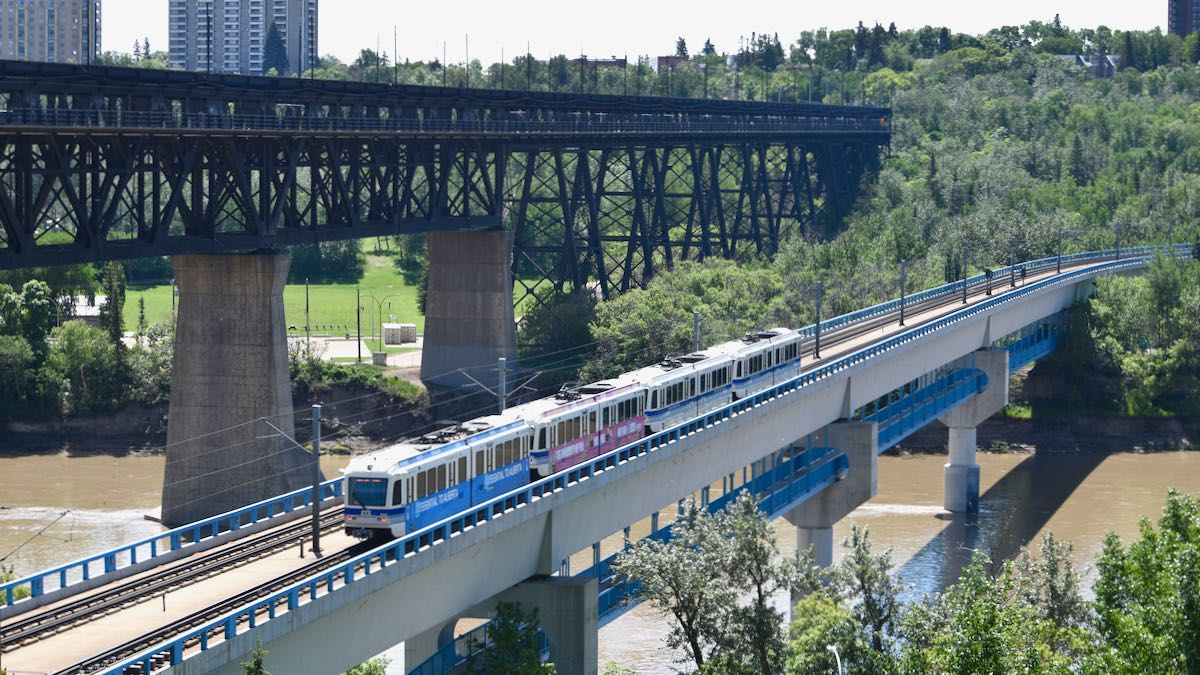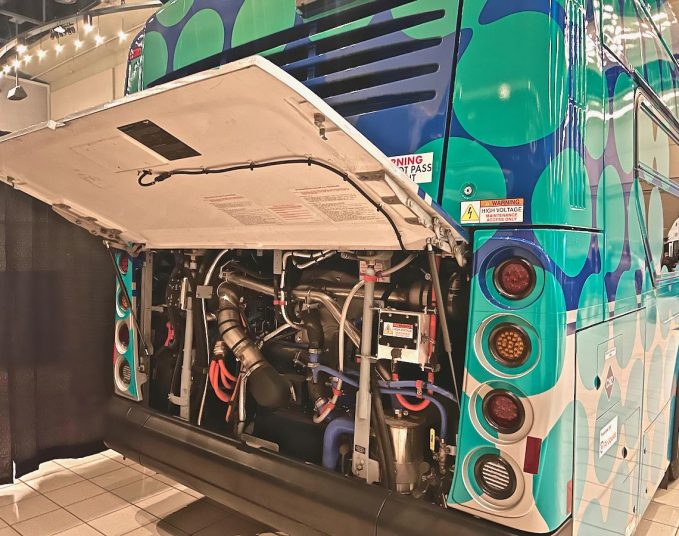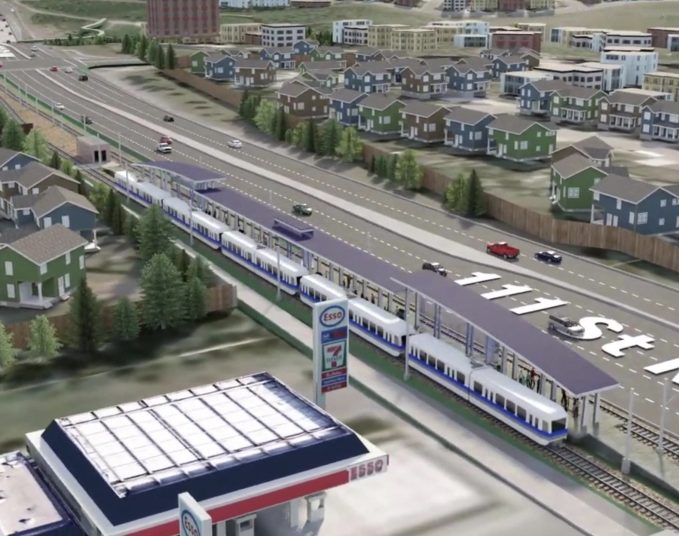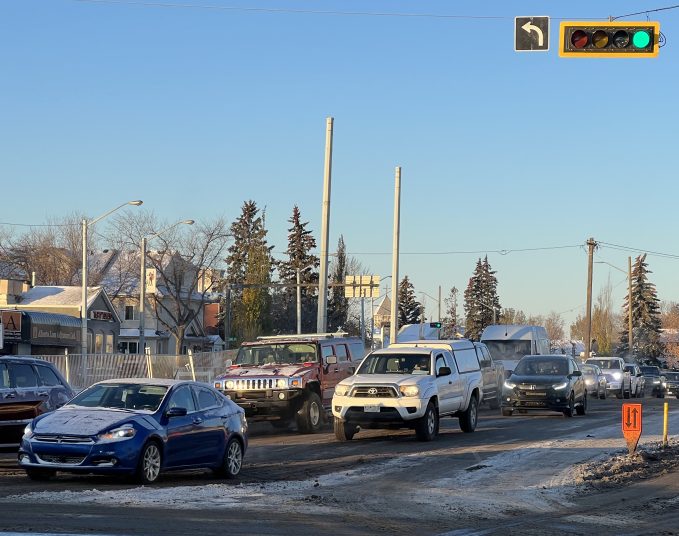As bus ridership swells back to pre-pandemic levels and LRT construction continues, Edmonton Transit is grappling with critical questions about the extent and pace of growth — and community safety.
“We’re in the process of wrapping our heads around, how do we implement the mass transit plan from a service perspective, and what are the appropriate projections for what growth is going to look like,” says Carrie Hotton-MacDonald, branch manager for Edmonton Transit Service.
“We’ve got people who are lacking proper shelter and housing solutions – they’ve been informally taking shelter in some of the LRT stations, which has created difficult conditions for people to navigate.”
Hotton-MacDonald will discuss these and other issues at the inaugural Transit Camp 2023 on March 18 at the University of Alberta. Organized by Edmonton City Councillor Michael Janz, in partnership with labour groups, the U of A Sustainability Council, Parkland Institute and others, the event is aimed at “building people’s power for better transit.”
It’s timely. Hotton-MacDonald says the city’s mass transit plan anticipates Edmonton growing to 1.25 million people, and this is reflected in the city’s latest budget, which commits nearly $60 million in operations funding over the next four years to expand off-peak and on-demand transit service, and make on-demand service permanent. It also commits $560 million over the same time period for various transit capital projects, including bus rapid transit planning along major routes that will never get LRT, such as 97th Street.
Planning is essential now. In February, Edmonton Transit announced its conventional bus ridership had returned to pre-pandemic levels, at 1.2 million boardings per week.
“That was really exciting. We’re one of the first large urban centres to get there,” says Hotton-MacDonald.
LRT ridership remains at just 60 to 70 percent of normal, however. Hotton-MacDonald says this is due to changing commuter patterns, but also safety and security concerns.
Along with people sheltering in LRT stations, “we’ve got our drug poisoning crisis happening, and so it’s just a different experience for people.”
Edmonton Transit is responding by adding more transit peace officers, a community outreach team and partnering with the social services sector.
“It’s much bigger than transit. It’s actually much bigger than Edmonton,” says Hotton-MacDonald. “It’s happening across North America, where we see the intersection of these issues coming into transit. So whether it’s Toronto or Montreal, or San Francisco or New York City, all of us are struggling with these issues and trying to navigate a very complicated set of circumstances.”
Edmonton Transit is also bringing in a “bystander campaign” in response to community feedback, with information on what to do if they’re “witnessing something,” says Hotton-MacDonald.
“It’ll really help people feel a bit more comfortable about understanding what their options are.”
Another Transit Camp topic is whether the major bus network redesign implemented in April 2021 has been a success.
“It depends how you define success,” says Hotton-MacDonald. “We’ve created this high-frequency corridor, we’re seeing great ridership numbers, we’ve recovered ridership on the bus side, but we know we still have gaps … that we want to close.”
Other speakers at Transit Camp include David Cooper of Leading Mobility and James Wilt, author of Do Androids Dream of Electric Cars?: Public Transit in the Age of Google, Uber, and Elon Musk.
Savvy AF. Blunt AF. Edmonton AF.




